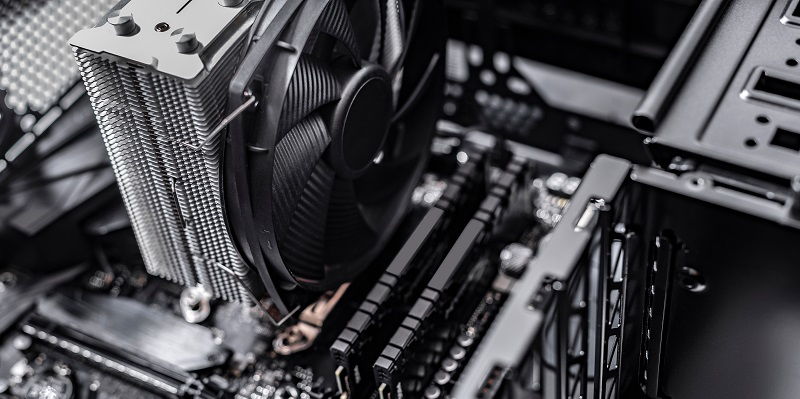In a bid to provide users with improved overclocking capabilities, AMD developers have undertaken the task of revamping the ‘OverDrive’ feature on Linux. While the OverDrive feature has been available on Linux for some time, it has lagged behind its Windows counterpart in terms of overclocking capabilities. However, the developers are determined to bridge this gap and enhance the feature’s functionality for Linux users.
Comparison with Windows
One of the main drawbacks of the current OverDrive feature on Linux is its inferior overclocking capabilities compared to the Windows version. Linux users have long yearned for more advanced overclocking options, which have been more readily available on Windows. The existing OD interface, known as ‘pp_od_clk_voltage,’ has struggled to fulfill the increasing demands for additional functionality.
Designing new HR interfaces
Recognizing the need to meet the growing demands of Linux users, the AMD developers have embarked on creating a new set of APIs (Application Programming Interfaces). These interfaces are being carefully designed to enhance the OverDrive feature and unlock a wide range of overclocking functionalities. The aim is to empower Linux users by offering more control over their GPUs’ performance.
The user interface remains unchanged
It is important to note that while AMD is revamping the OverDrive feature on Linux, these changes will have no impact on the graphical interface of the feature. As such, users can expect a familiar and seamless experience when utilizing the enhanced OverDrive functionalities.
New OverDrive features
The revamped OverDrive feature on Linux will introduce a host of exciting new options for users to fine-tune their GPU performance. One of the notable additions will be the ability to adjust the fan curve, allowing users to manage their GPU’s temperature more effectively. Additionally, PWM tuning options will be available, enabling users to optimize the GPU’s power delivery. These implementations, along with other necessary features, will provide Linux users with greater control over their system’s overclocking capabilities.
Limitations with older GPUs
It is important to keep in mind that the newly added OverDrive functions are limited to RDNA3 users. Unfortunately, older generation GPUs will not have access to these enhanced features. This limitation is due to the hardware requirements necessary to support the advanced overclocking functionalities provided by the revamped OverDrive feature.
Timeline for integration
As of now, the patches for the enhanced OverDrive feature are currently under review. The integration of these patches is expected to occur during the next kernel v6.7 cycle, scheduled for November 2023. This timeline gives the AMD developers ample time to refine and fine-tune the feature to ensure optimal performance and compatibility with Linux systems.
AMD’s dedication to Linux is noteworthy
The commitment of AMD to the Linux platform is showcased once again through the development of the enhanced OverDrive feature. By addressing the limitations of the current feature and actively working on improvements, AMD demonstrates its dedication to providing Linux users with a comparable experience to that enjoyed by Windows users.
Future prospects
Looking ahead, the introduction of next-generation RDNA 4 GPUs is expected to revolutionize AMD’s presence on the Linux platform. With these new GPUs, users can anticipate even more significant improvements in terms of overclocking capabilities and overall performance flexibility. The Linux ecosystem will benefit from the vast capabilities that AMD’s resources will offer, further solidifying the company’s support for the platform.
In conclusion, AMD’s ongoing efforts to revamp the OverDrive feature on Linux will undoubtedly enhance the overclocking capabilities available to users. These improvements will narrow the gap between the Linux and Windows versions, providing a more satisfying experience for Linux enthusiasts. As the development progresses, users can eagerly anticipate the integration of these enhancements, which will unlock a new level of control and performance optimization for their GPUs.

